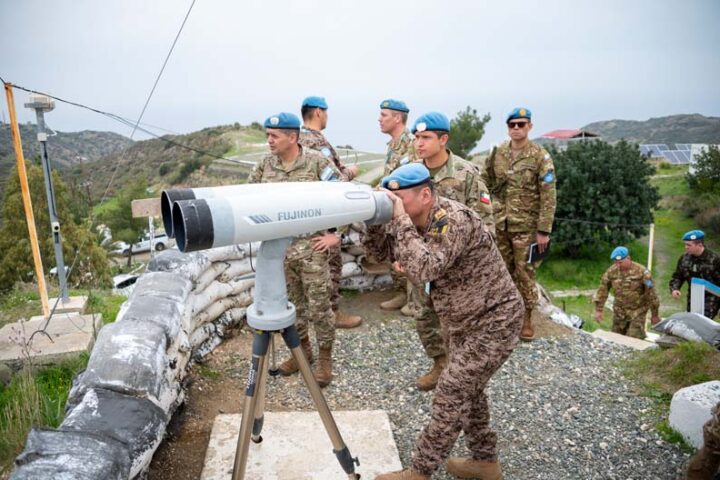The world is not about to run out of oil, but there is a risk its reserves may not be exploited fast enough to meet global demand growth in the years ahead, the International Energy Agency said on Wednesday.
The agency's World Energy Outlook for 2008 stopped short of sounding the alarm that oil supplies may have peaked, but highlighted obstacles to accessing new fields that include the increasing dominance of national oil companies.
"Some 30 million barrels per day of new capacity is needed by 2015," said the IEA, which advises industrialised countries.
"There remains a real risk that under-investment will cause an oil-supply crunch in that timeframe."
The IEA estimated the world needs investment of more than $26 trillion in the next 20 years to ensure adequate energy supplies, an increase of more than $4 trillion from estimates in its 2007 World Energy Outlook.
The Executive Summary of its latest Outlook was released last week ahead of the full report [ID:nL609196].
In oil, upstream investment spending has risen in nominal terms, but much of the increase was due to high costs and also because cheaper reserves were off-limits to international oil companies.
"Today, most capital goes to exploring for and developing high-cost reserves, partly because of limitations on international oil company access to the cheapest resources."
The gap between what was being built in terms of new capacity and what would be needed to keep pace with demand was set to widen sharply after 2010, the IEA said.
The IEA's projections pointed to a rise in world oil supply to 106 million barrels per day (bpd) in 2030 from 84 million bpd in 2007.
NON-OPEC PEAK
Most of the increase would come from members of the Organization of the Petroleum Exporting Countries, whose share of world oil output was projected to rise to 51 percent in 2030 from 44 percent in 2007.
Outside OPEC, production has already peaked in most countries and would peak in most others before 2030.
The need to invest enough to ensure supply meets demand has been a recurrent theme in the IEA's annual outlook.
The 2008 report highlighted again the urgent need for investment, but also shifted the focus to dwindling reserves.
It looked at decline rates for 800 of the world's oilfields, where it expected the average rate of decline to increase to 8.6 percent in 2030 from about 6.7 percent currently for those that have passed their production peak.
Given the high cost of bringing on new output and the struggle to match supplies with demand, the IEA assumed consumers would pay an average of $100 a barrel for oil over the next seven years and more beyond that.
The agency was careful not to predict prices, but makes price assumptions in its assessments.
Oil reached a record peak of more than $147 a barrel in July, but has fallen back below $60, a drop of more than 50 percent in just over three months.
On Wednesday it traded below $58 a barrel.
"It's short-term bearish, long-term quite bullish," said Tony Machacek of Bache Financial.
"Whether it's having an influence on today's activity, I very much doubt. We're in the hands of the financial markets yet again.""
The IEA saw more price volatility ahead.
"Pronounced short-term swings in prices are likely to remain the norm," the IEA said.
"The sudden drop in oil prices in August and early September 2008 – in the absence of any obvious major shift in demand or supply – lends support to the argument that financial investors have been playing a significant role in amplifying the impact of tighter market fundamentals on prices."
The report's projections for world oil demand were for a 1 percent increase per year on average, to 106 million bpd in 2030 from 85 million bpd in 2007.
World energy demand was expected to grow by 1.6 percent per year on average, with China, the world's second biggest energy consumer, together with India, accounting for just over half the increase.







